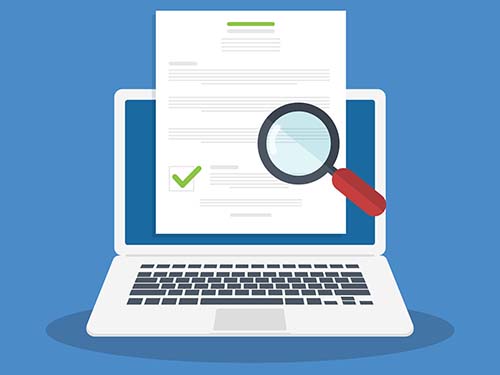Independent Verification and Validation (IV&V) is an important process for ensuring the safety and reliability of artificial intelligence (AI) and machine learning (ML) software systems that are used in safety-critical applications. These applications include self-driving cars, medical devices, military systems, and aviation systems, among others.
What are the challenges?
However, the verification and validation (V&V) of intelligent systems presents a number of challenges that must be carefully considered and addressed. One challenge is the complexity of these systems, which can be difficult to fully understand and test. Intelligent systems often involve complex algorithms and data sets that can be difficult to analyze and understand. This can make it challenging to design appropriate test cases and evaluate the system’s behavior under different conditions.
Another challenge is the potential for these systems to exhibit unpredictable or unexpected behavior. Intelligent systems may learn and adapt over time, which can lead to changes in their behavior that are difficult to predict. This can make it difficult to ensure that the system is operating safely and reliably, particularly in safety-critical applications such as self-driving cars or medical devices.
In addition, there is a risk that these systems may be biased, either due to the data they are trained on or the algorithms used to process that data. This can lead to unfair or biased outcomes, which can have significant consequences in applications such as hiring or lending decisions. Ensuring that intelligent systems are unbiased and fair is therefore a critical aspect of V&V.
Finally, the rapid pace of development and innovation in the field of AI and ML can make it difficult to keep up with the latest techniques and approaches. This can make it challenging for V&V teams to stay up-to-date and ensure that they are using the most appropriate methods and tools for the task at hand.
How do we address them?
To address these challenges, IV&V involves a series of activities, including testing, inspections, and reviews, that are performed by a team of experts who are independent of the development team. Testing involves executing the software system under various conditions to ensure that it behaves as expected. Inspections involve reviewing the design and code of the software system to identify potential issues or weaknesses. Reviews involve reviewing the software development process itself to ensure that it follows best practices and meets industry standards.
Overall, the goal of IV&V is to provide an independent assessment of the safety and reliability of AI and ML software systems, which is critical for ensuring the safe and reliable operation of these systems in safety-critical applications. By performing testing, inspections, and reviews, IV&V helps to ensure that the software system meets the required specifications and operates safely and reliably, reducing the risk of accidents or failures.




